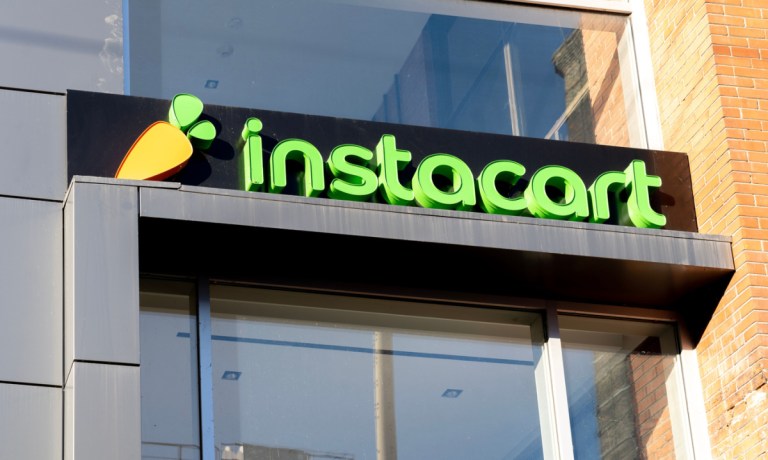
Instacart has teamed with Uber to offer its customers restaurant deliveries via Uber Eats.
The collaboration, announced Tuesday (May 7) and due to roll out in the weeks ahead, lets Instacart customers order from a wide range of restaurants using a new “Restaurants” tab on the company’s app.
“Through this partnership, Instacart customers now have access to both the best online grocery selection in the U.S. and restaurant delivery, making it even easier for them to conveniently tackle all their food needs from a single app,” Fidji Simo, CEO and chair of Instacart, said in a news release.
“Whether it’s ingredients for a beloved family recipe, a prepared meal from a nearby grocer or takeout from a favorite restaurant — customers can now get the food they want, from the retailers and restaurants they love, all within the Instacart app,” she added.
The partnership is the latest in Instacart’s efforts to expand its services beyond grocery deliveries. Last week, the company announced it was teaming with Kohl’s to let customers around the U.S. get same-day deliveries from the department store chain.
“With Kohl’s as one of the first department stores on our platform, we’re proud to continue expanding our selection beyond grocery, making everyday shopping for our customers easier for their busy lives,” said Blake Wallace, senior director of retail partnerships at Instacart.
At the same time, PYMNTS noted in last week’s report, “restaurant aggregators have been extending beyond food delivery and challenging Instacart’s hold on grocery.”
For example, December saw DoorDash add hundreds of grocery locations to its marketplace, telling investors that its built-in consumer base and labor infrastructure offered it an edge.
And Uber Eats added hundreds of additional grocery locations to its platform and embarked on a delivery partnership with Turkish quick-commerce firm Getir.
Uber said its latest partnership allows it to extend its “restaurant selection to millions of customers across the U.S., including families in suburban markets that use Instacart.”
These partnerships are all happening as consumers are cutting back on their food spending where restaurants are concerned, as the focus shifts to covering the essentials.
As PYMNTS wrote earlier this week, the current earnings season has offered “some telltale signs of pullbacks in what we might term ‘nice-to-have’ items, where dollars saved can be earmarked for other goods and services.”